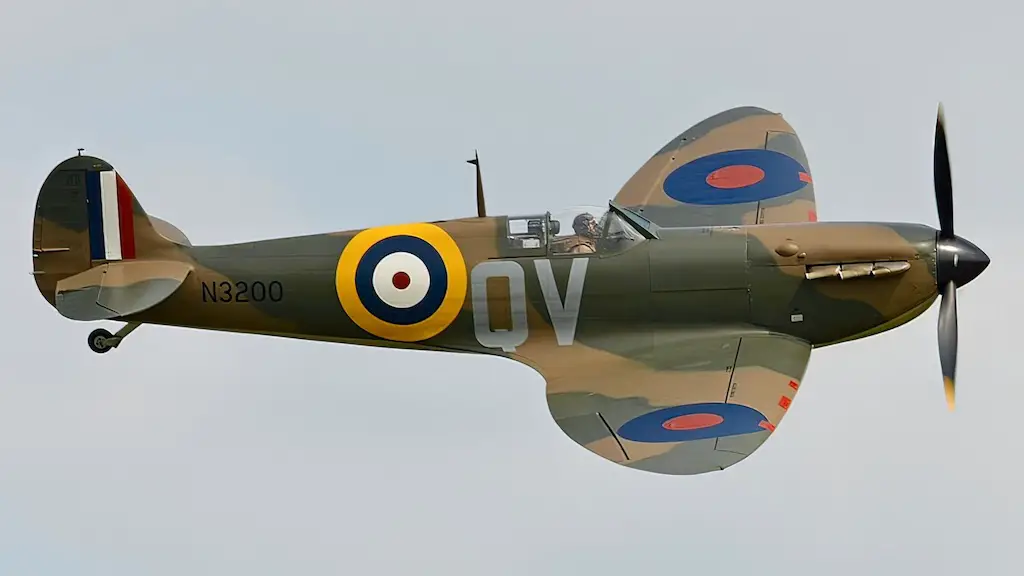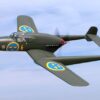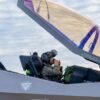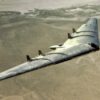On Patrol
On August 16, 1942, a U.S. Navy blimp — a non-rigid airship — went on a patrolling mission off the coast of California to search for Japanese submarines. In the wake of the attack on Pearl Harbor, such patrols had become routine. And the danger was quite real — in the first months of the war enemy subs managed to sink several US vessels near the coast and once even shelled a major oil drilling facility.
That particular L-8 airship was operated by two experienced crewmen, Lt. Ernest DeWitt Cody and Ensign Charles Ellis Adams. Cody and Adams started off a small airfield on the Treasure Island, San Francisco, at about 6 am. They were supposed to fly to the Farallon Islands some 30 miles west, then north to Point Reyes, then head south to Montara Beach, and, finally, return to base by 10:30 am.
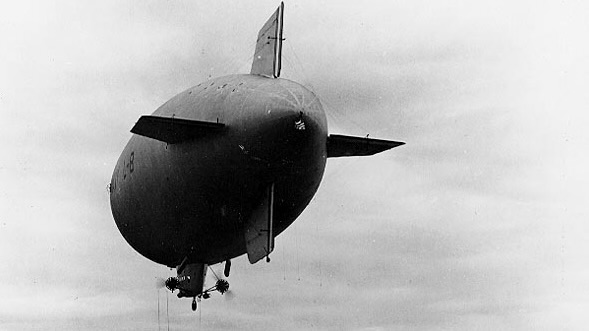
Suspicious oil slick
At 7:42 am the crew reported finding a suspicious oil slick on the water — a possible indicator of submarine activity — near the Farallons. That was the last radio contact between the blimp and the ground control. To mark the spot, Cody and Adams dropped two smoke-producing flares, which were also seen by nearby vessels, Liberty ship SS Albert Gallatin and fishing trawler Daisy Gray.
The latter’s first mate said later he was able to see two men in the L-8’s gondola while the airship was circling the area at 200-300 ft searching for a sub. The two vessels’ crews also reported that at some point the L-8 flew as low as some 30 ft above the water. After 9 am it dropped ballast and went back towards San Francisco.
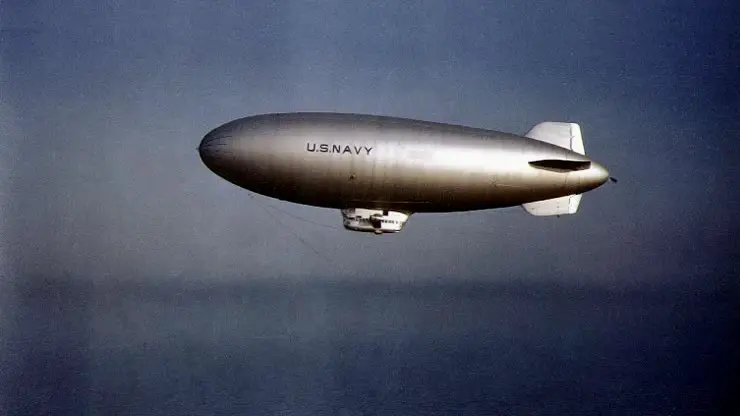
No contact with crew
The L-8 didn’t return to the base at expected time, nor could the ground control re-establish contact with the blimp. It was seen by several pilots, but they didn’t notice anything wrong with the airship. Then it was noticed from the shore. Richard Quam, an off-duty seaman, took the blimp’s photo. He did it because by then it did seem unusual — it was bent into a V-shape.
Apparently, that happened because the blimp had risen above its normal altitude and its valves opened automatically, venting helium to prevent gas cells from bursting. Later on, more people saw the blimp floating above California. The L-8 finally came to a halt in Daly City, south of San Francisco. Its cabin was empty.
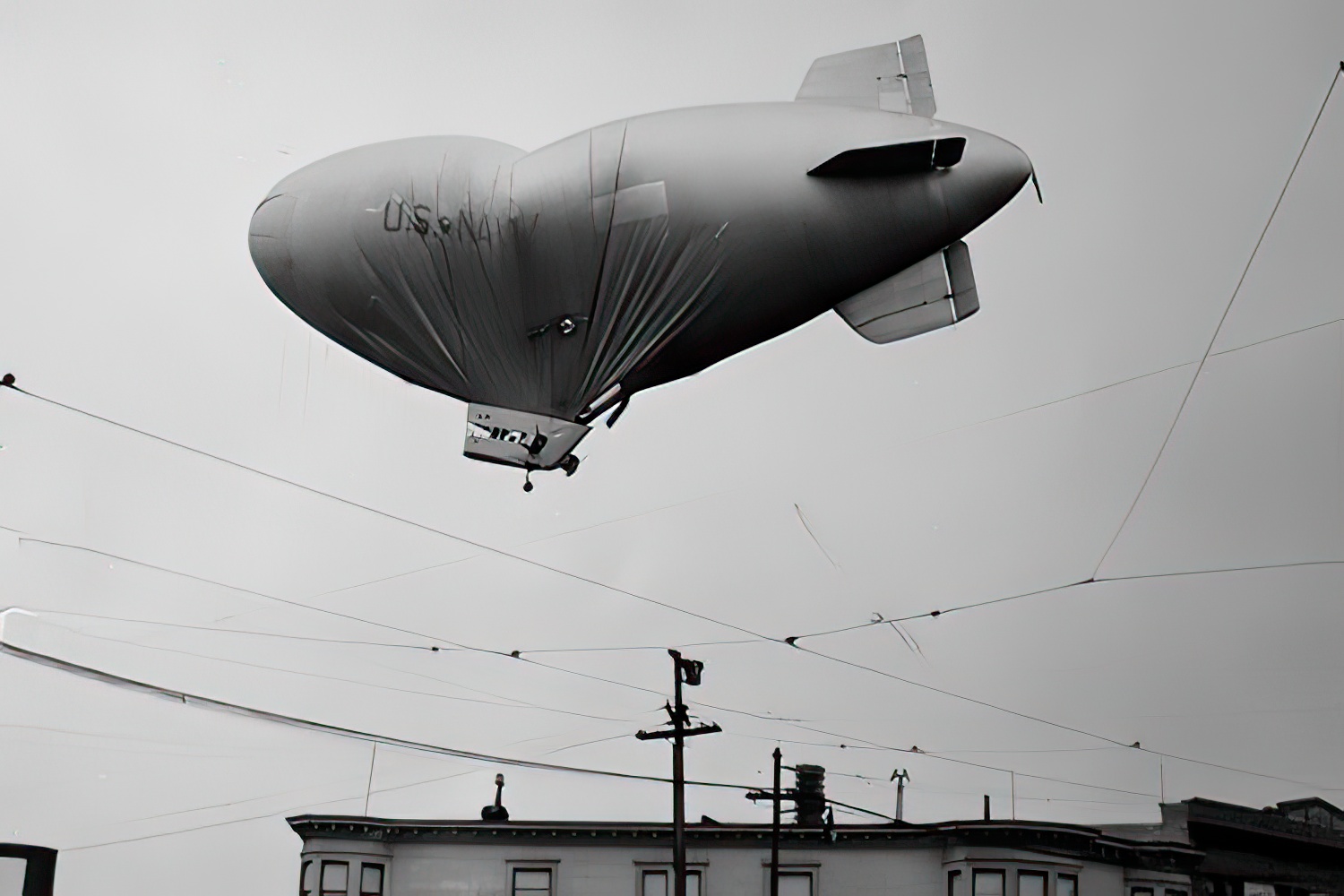
Parachutes left on board
The L-8’s examination showed that the airship’s engines were in fine working order, as well as instruments and flight controls, and the radio. The crews’ parachutes and the life raft remained onboard. Only life jackets were gone with the crew, but they had to be wearing them on patrols over water surface anyway. The U.S. Navy launched a search effort, but it produced no results, and within a year Cody and Adams were legally declared dead.
The investigation into circumstances of the crew’s disappearance was not successful either. There was no reasonable explanation of why Cody and Adams would leave the airship, which was in a perfect working order and, apparently, did not come under any attack. Nor of why they stopped using their radio.
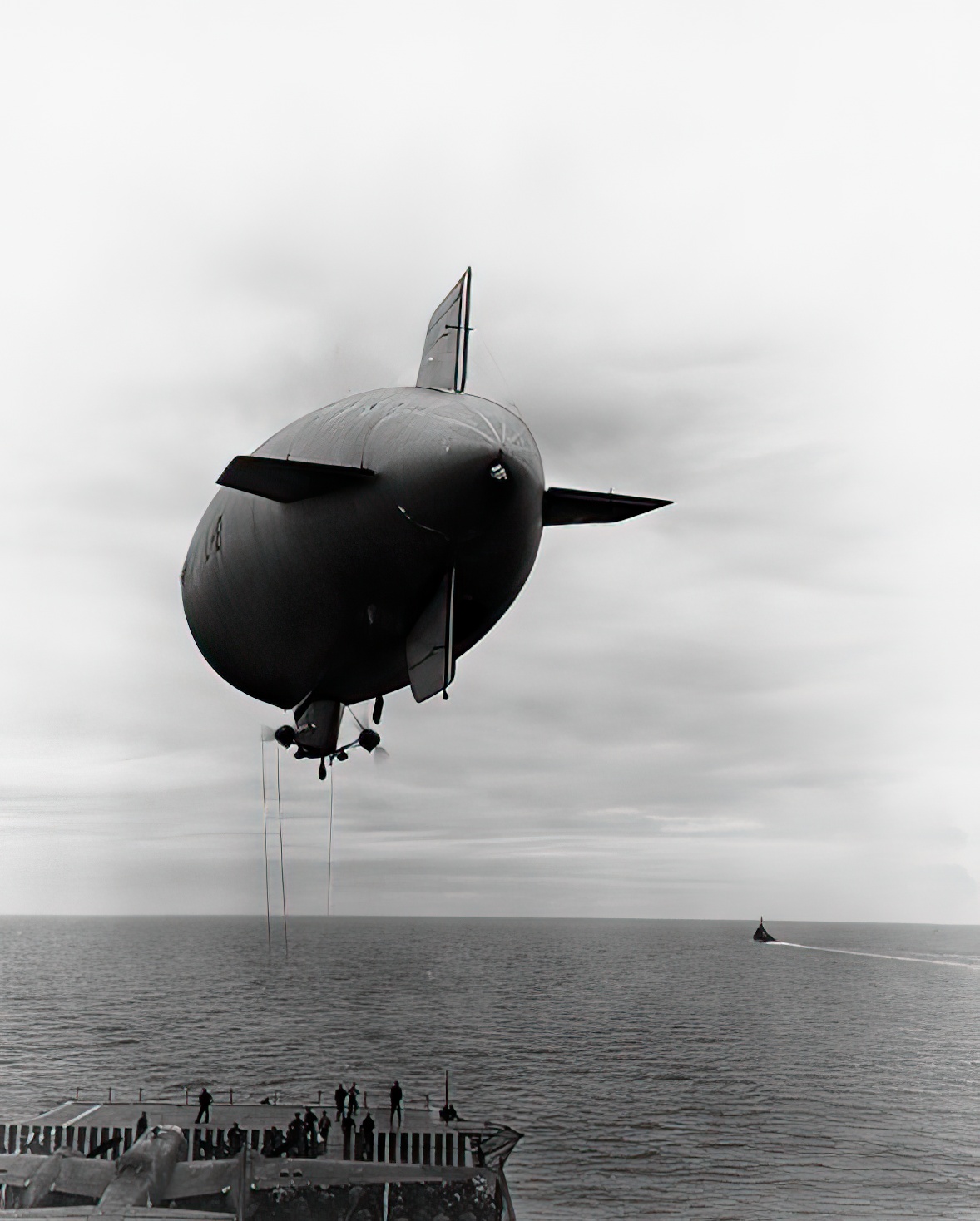
Theories
Lots of theories have been offered since to explain the incident, including that the crew was captured by a Japanese sub, or they were spies and were collected there by a Japanese sub. Some suggested that one crewmember might have killed another over a woman and fell off the blimp trying to get rid of the body. Some thought there could have been a third man onboard, who did something to the crew and disappeared as well. One of the latest theories says they were secretly testing a new radar and fell out of the cabin affected by the microwaves.
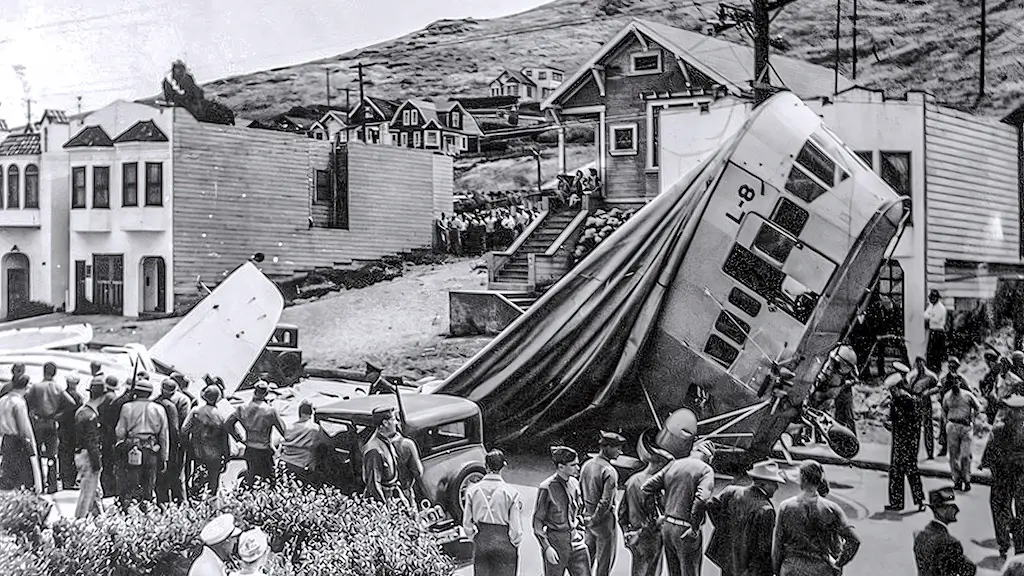
A simple but quite reasonable explanation presented by the naval inquiry at the time is that the cabin door was not latched securely, causing one crewmember to fall out at some point. The other fell trying to help his mate. But there are no hard proofs for that either.
Today the L-8 can be found on display in the Naval Aviation Museum in Pensacola, Florida.


